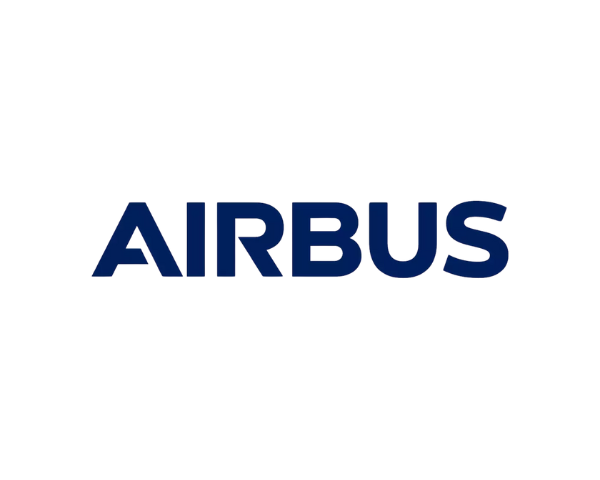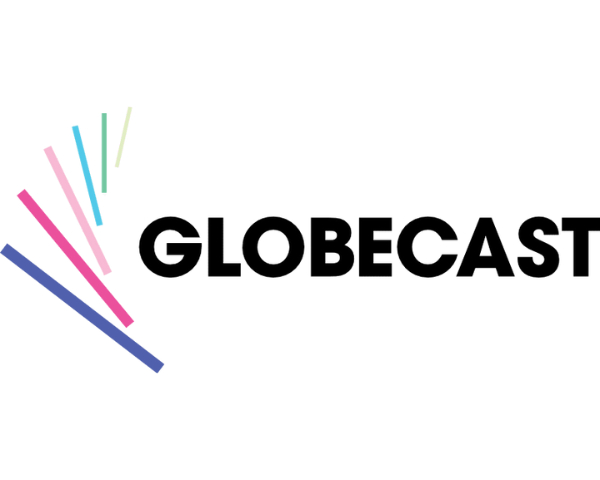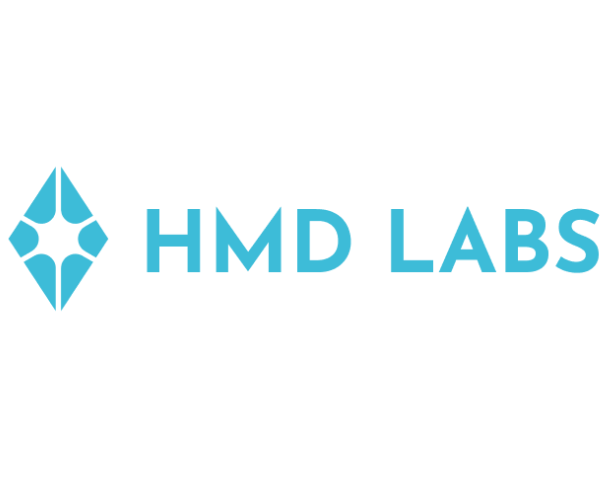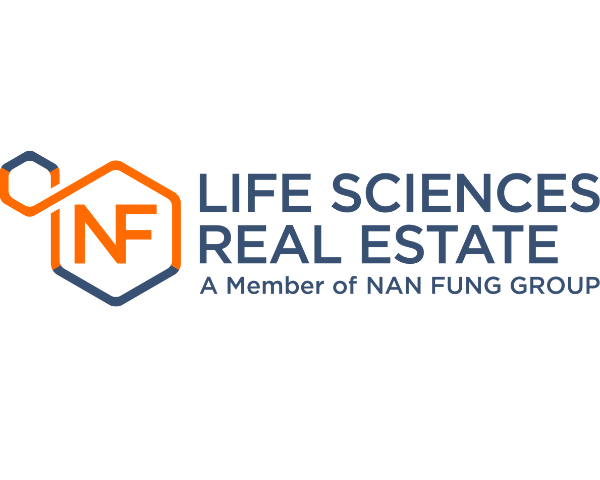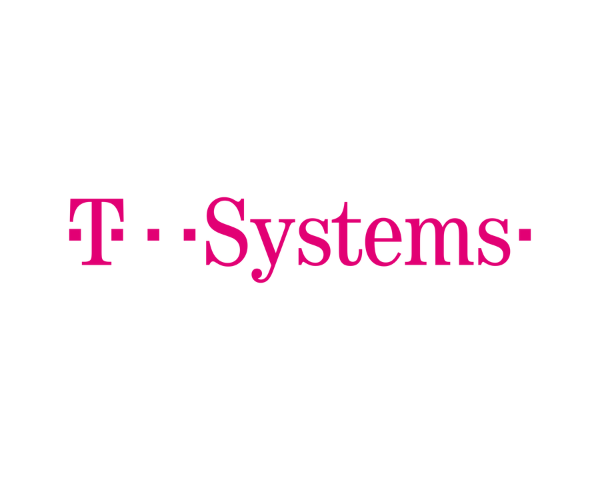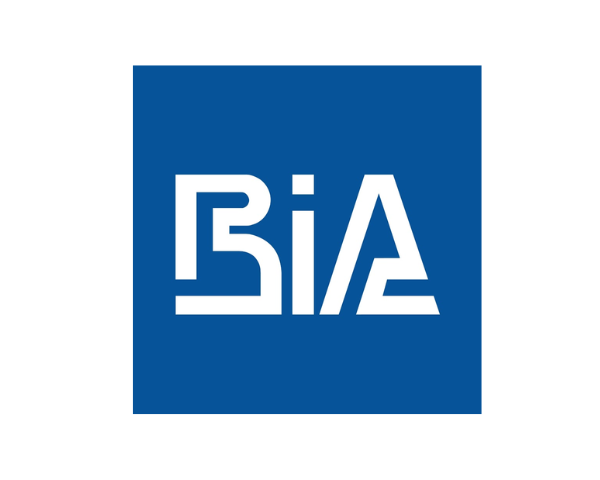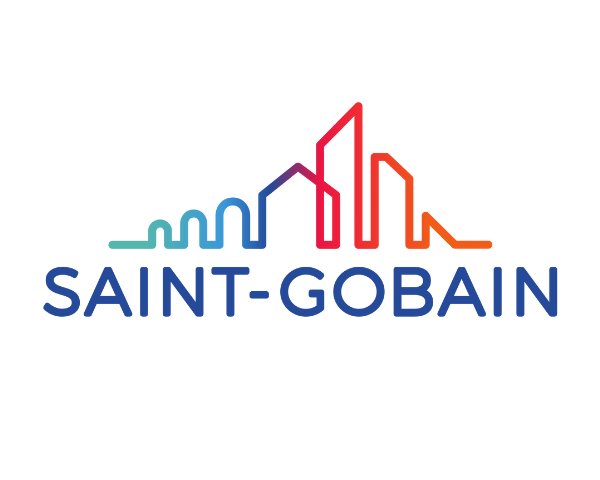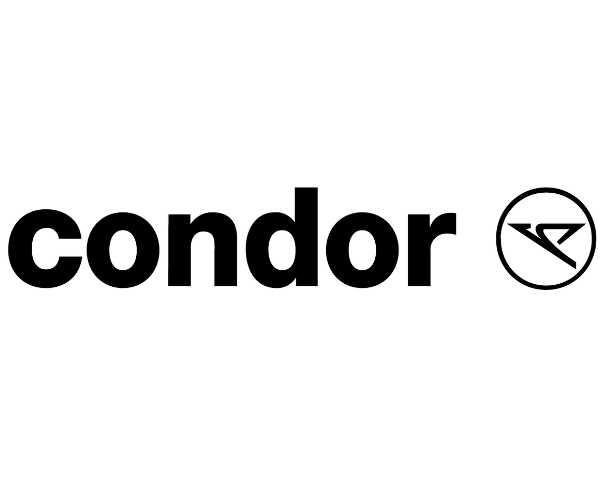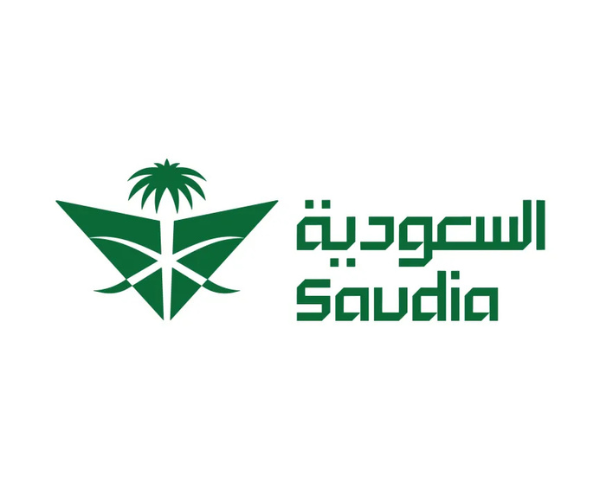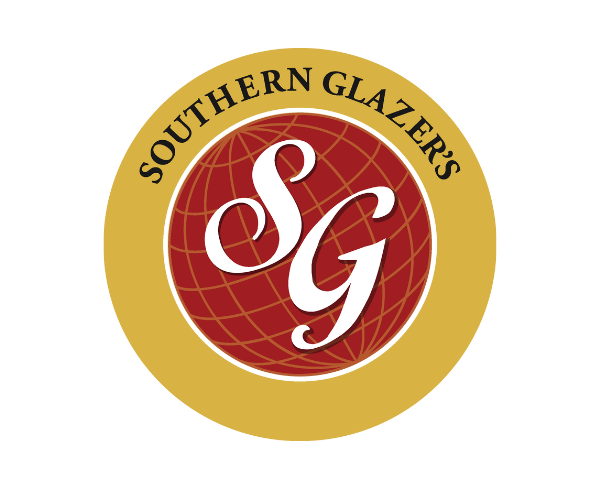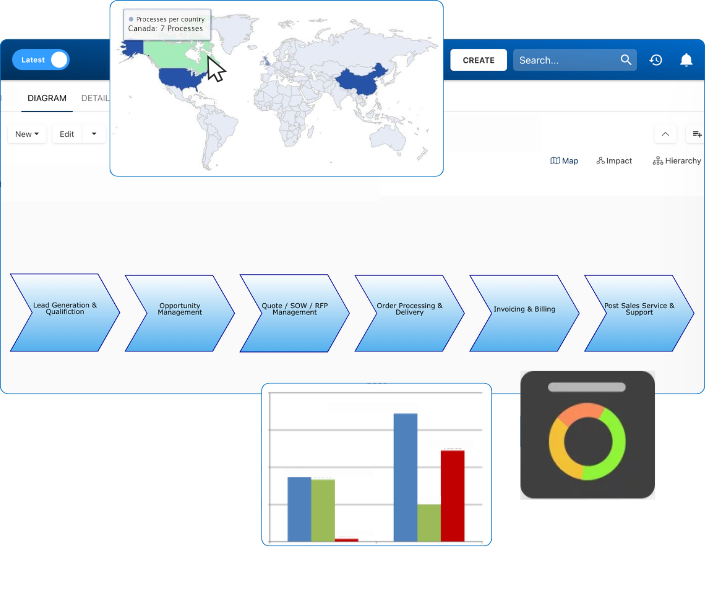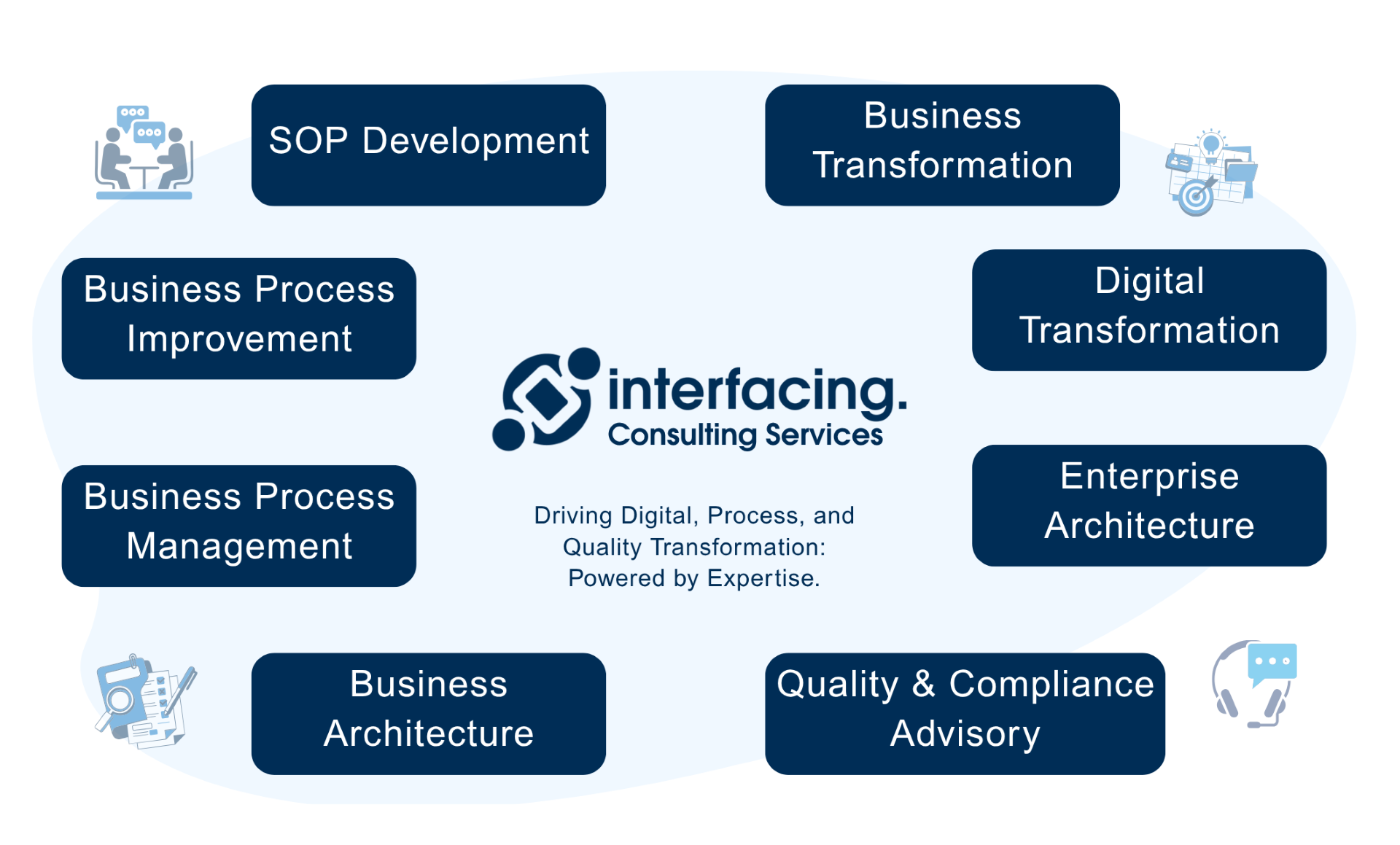- Business Process Management (BPM)Document Management System (DMS)Electronic Quality Management System (QMS)Risk, Governance & Compliance (GRC)Low Code Rapid Application Development (LC)Business Continuity Management (BCM)Enterprise Architecture (EA)Business Process Management (BPM)Document Management System (DMS)
- Document Control Overview
- AI Content Creation & Improvement
- Policy & Procedure Management (SOP)
- AI Content Mining Parser
- Collaboration & Governance
- Data Migration & Integration
- Interfacing Offline App
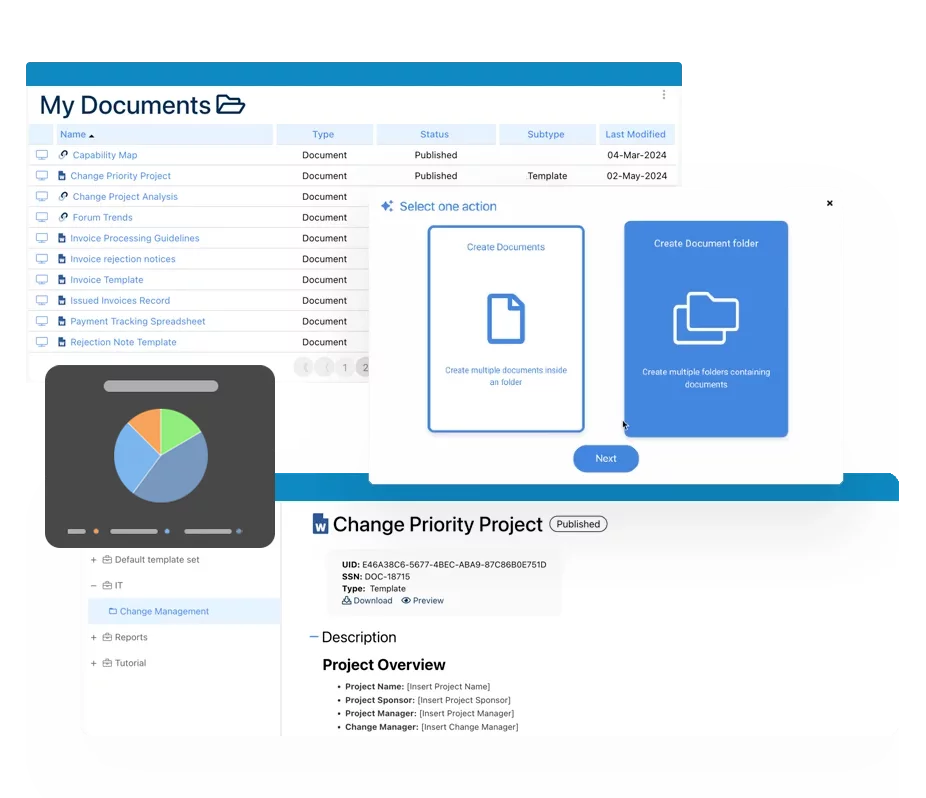 Electronic Quality Management System (QMS)
Electronic Quality Management System (QMS)- Quality Management System Overview
- Document Control & Records Management
- Audit & Accreditation Management
- Corrective & Preventative Action
- Quality Event (Non-conformity / Complaint/ Compliance)
- Risk Management
- Incident Management
- Environmental Health & Safety
- Product & Supplier Management (SCAR)
- Training Management
- Control Management
- Action Items Management
- Management Review
- FMEA
- Pharmacovigilance
- Data Migration & Integration
 Risk, Governance & Compliance (GRC)
Risk, Governance & Compliance (GRC)- Risk, Governance & Compliance Overview
- Risk & Control Management
- Regulatory Compliance
- Collaboration & Governance
- Data Migration & Integration
- Interfacing Offline App
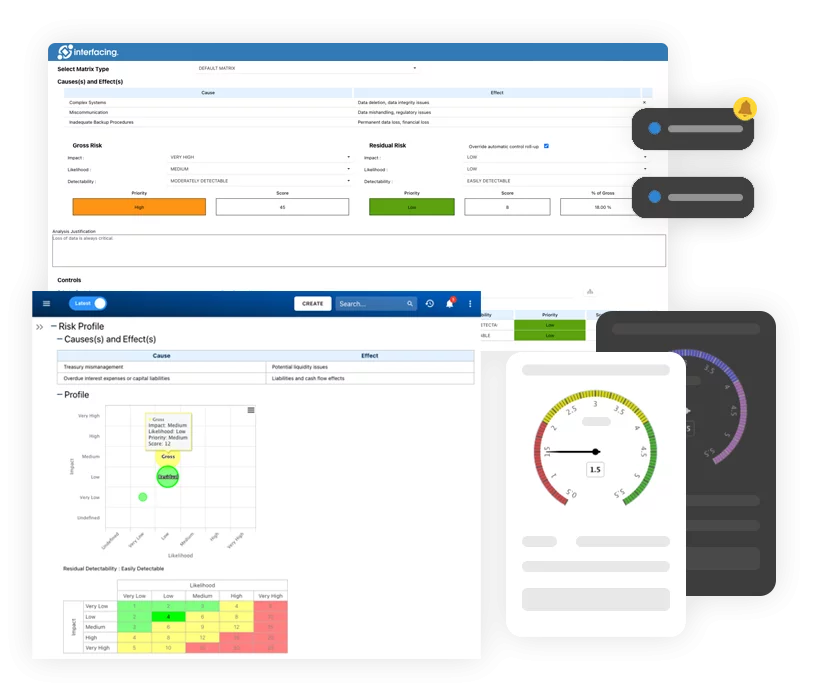 Low Code Rapid Application Development (LC)
Low Code Rapid Application Development (LC)- Low Code Automation Platform Overview
- Electronic Web Form Design (eFORMS)
- Database Table Entity Designer
- System Integration Designer
- Design & Manage Tasks
- Design & Manage BPMS Apps
- Custom Rules/Guards/Actions
- Electronic Services
- User Homepage
- BAM (Business Activity Monitoring)
- Custom Dashboard Design
- Data Migration & Integration
 Business Continuity Management (BCM)
Business Continuity Management (BCM)- Business Continuity Management Overview
- Business Impact Analysis
- Disaster Recovery Simulation
- Action Item Management
- Mass Notification Management
- Asset Management
- Interfacing Offline App
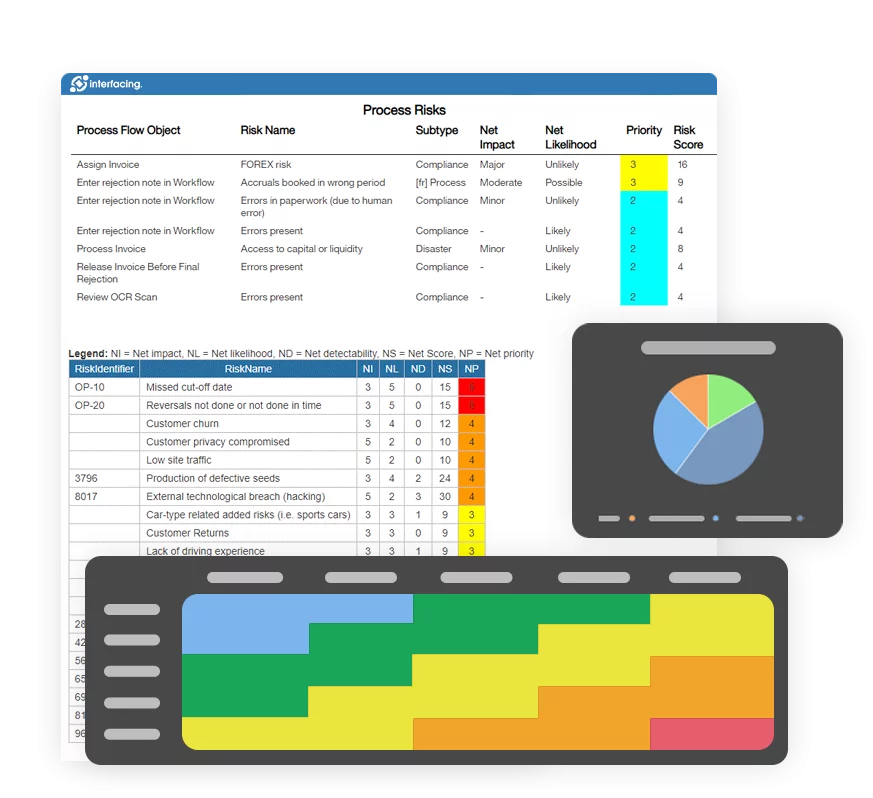 Enterprise Architecture (EA)
Enterprise Architecture (EA) - IndustriesRegulatory ComplianceUse CasesLearning CenterFramework & PracticesIndustries
- Healthcare
- Medical Device Technology
- Life Science, Pharmaceutical
- Aerospace & Defense
- Airlines and Aviation
- Media & Telecommunications
- Government and Military
- Technology
- Energy
- Logistics & Port Operations
- Banking & Capital Markets
- Retail & Consumer
- Consulting
- Education
- Engineering & Construction
- Manufacturing
- Financial Services
- Insurance
- Chemicals
Regulatory Compliance- Regulatory Compliance
- ISO
- ISO 9001 (guide)
- ISO 9001:2026 (preparation)
- ISO 17025
- ISO 27000
- ISO 27001
- ISO27002
- ISO 42001
- EU AI Act
- SOC 2 Type 1 & 2
- Sarbanes Oxley
- GxP
- GRC
- Basel
- Digital Signature
- GDPR
- IFRS
- NIST SP 800-53
 Use Cases
Use Cases- Quality Management System (QMS)
- Digital Transformation
- Continuous Improvement
- Governance, Risk & Compliance
- Knowledge Management
- System Deployment (ERP, CRM…)
 Learning CenterFramework & Practices
Learning CenterFramework & Practices - AboutCustomer SuccessPartners



ISO 9001:2026 – Prepare Your QMS for the Future
Please Select contact form.
Learn about upcoming changes in sustainability, risk, and digitalization, and how Interfacing can help.
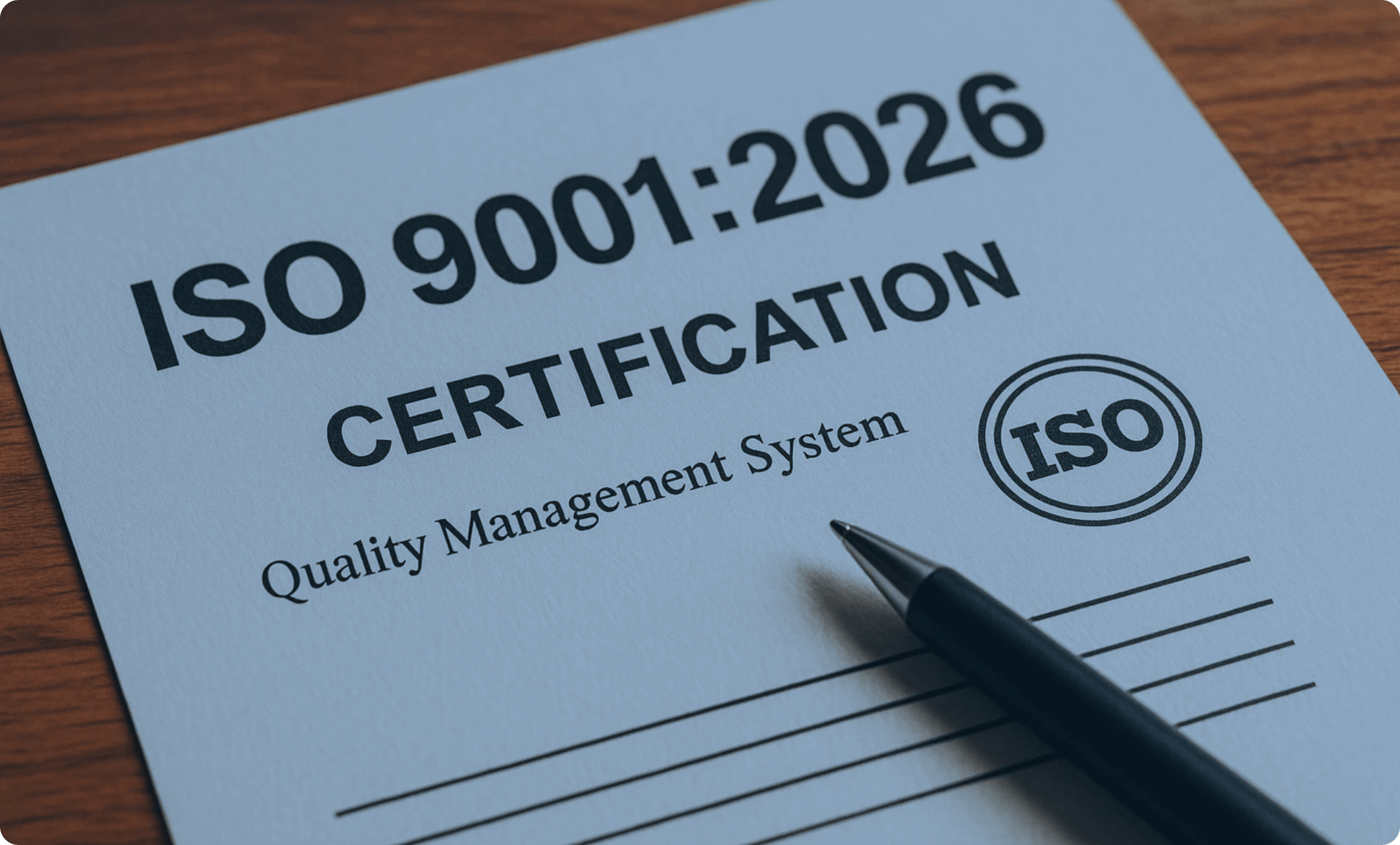
ISO 9001:2026 – Preparing Today for Tomorrow’s Quality Standard
The arrival of ISO 9001:2026 will mark an important moment in the evolution of quality management. Building on the foundation of ISO 9001:2015, this revision is expected to reflect the realities of today’s world: digitalization, global supply chain risk, environmental responsibility, and the need for stronger leadership accountability.
Organizations that begin preparing now will be in the best position to transition smoothly while demonstrating a culture of forward-looking quality.
What is ISO 9001:2026?
ISO 9001 has always been the benchmark for organizations that want to prove their commitment to quality. The upcoming 2026 version will not replace these principles but will expand upon them. Based on current committee drafts, ISO 9001:2026 is expected to introduce clearer structure, embed climate-related and sustainability requirements, and increase emphasis on the ethical role of leadership.
The standard is also set to highlight digital transformation as a driver of quality. With many organizations relying on AI, advanced analytics, and automated systems, the 2026 revision will address how technology should be embedded into QMS practices in a responsible and transparent way. Publication is targeted for September 2026, with updates already being signaled through the 2024 climate amendment.
Why ISO 9001 Still Matters
Although new requirements are coming, the core of ISO 9001 remains timeless. Organizations across industries—from life sciences and aerospace to government and financial services—continue to rely on certification to demonstrate consistency, efficiency, and trustworthiness.
Certification does more than prove compliance; it establishes confidence with customers, regulators, and partners. A certified QMS demonstrates that your organization can reliably deliver products and services that meet requirements. As global markets demand higher accountability and transparency, ISO 9001:2026 will serve as both a compliance framework and a competitive advantage.


What to Expect in the 2026 Update
The changes expected in ISO 9001:2026 are evolutionary rather than revolutionary. The overall structure will still follow Annex SL, which means integration with related standards such as ISO 13485 and ISO 27001 will remain straightforward.
What will feel different is the shift in focus. Climate change and sustainability will move from being optional considerations to embedded requirements. Supply chain resilience, accelerated by lessons from the pandemic and global disruptions, will play a much bigger role in quality planning. Finally, leadership responsibilities will be sharpened, with stronger calls for ethical behavior, stakeholder engagement, and transparency in decision-making.
Digitalization is also expected to take center stage. From electronic documentation to AI-supported audits, the standard will acknowledge that modern QMS practices are inseparable from technology.
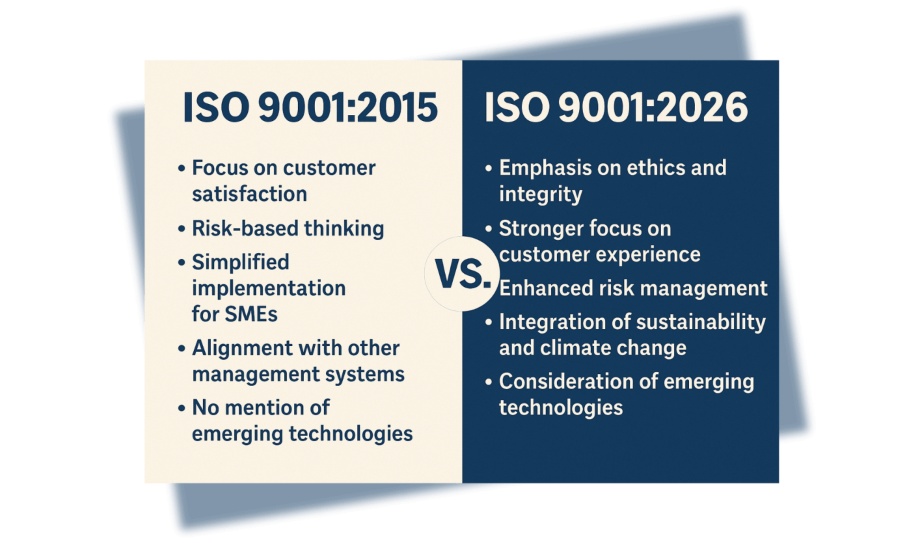
How to Prepare Now
Organizations do not need to wait until 2026 to begin adapting. In fact, the best strategy is to anticipate the changes and integrate them into your current QMS today. That might mean performing a readiness assessment against sustainability practices, reviewing how you capture and analyze risk data, or introducing digital solutions that automate quality processes.
Another important step is cultural: training leaders and employees to understand that quality is not a department but a mindset. When organizations embed sustainability and ethical accountability into their daily operations, the eventual transition to ISO 9001:2026 becomes natural rather than disruptive.
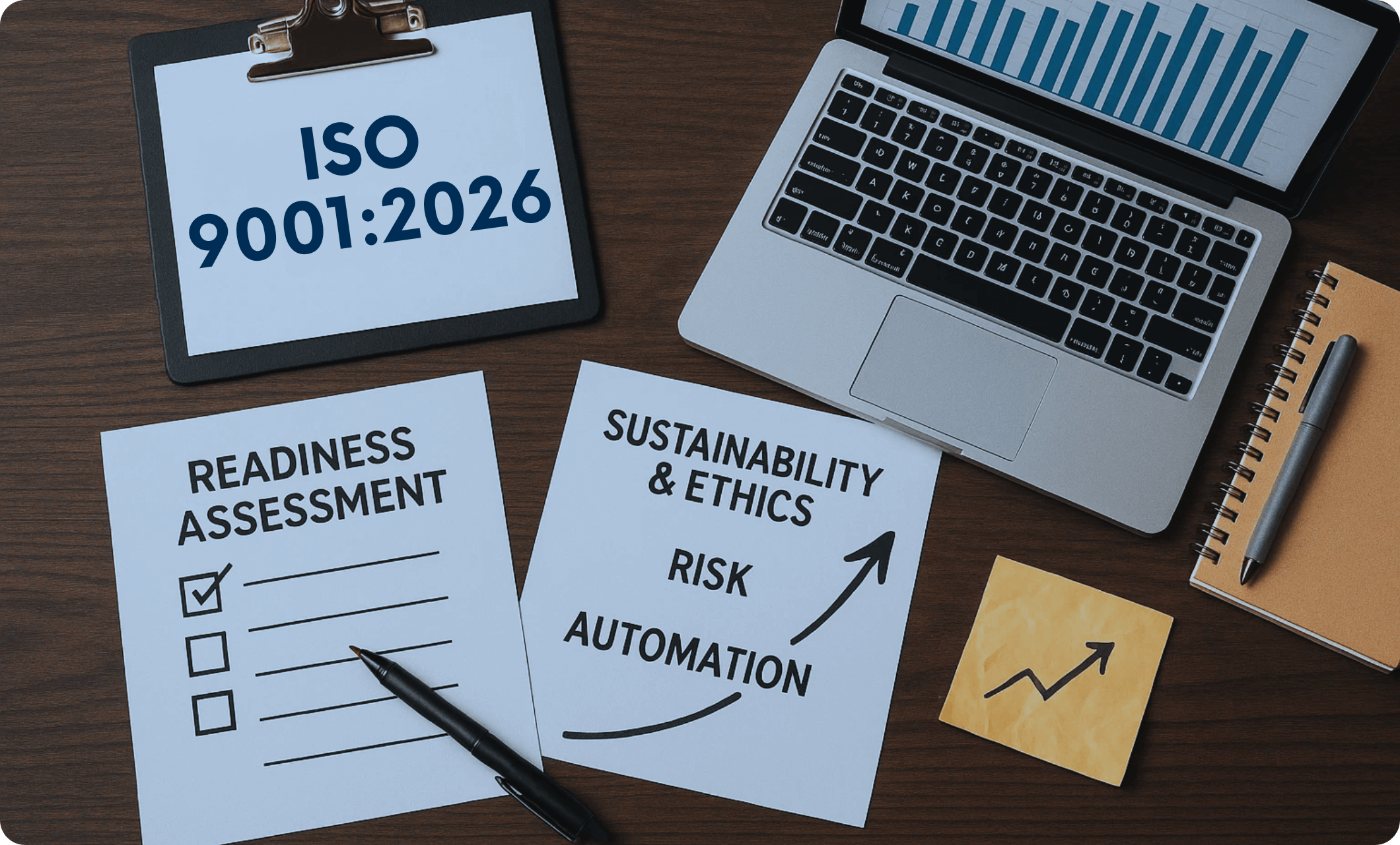

Why Early Action Matters
Waiting until 2026 to act can put organizations under pressure. Certification bodies, consultants, and internal teams will all be in high demand once the standard is officially released. By taking early action, you spread the workload over time, reduce costs, and avoid rushed last-minute changes. More importantly, early adopters will enjoy business advantages sooner, whether that’s improved operational resilience, enhanced customer confidence, or leadership in their market.
The organizations that prepare now will not only comply more easily in 2026 but also perform better in 2025.
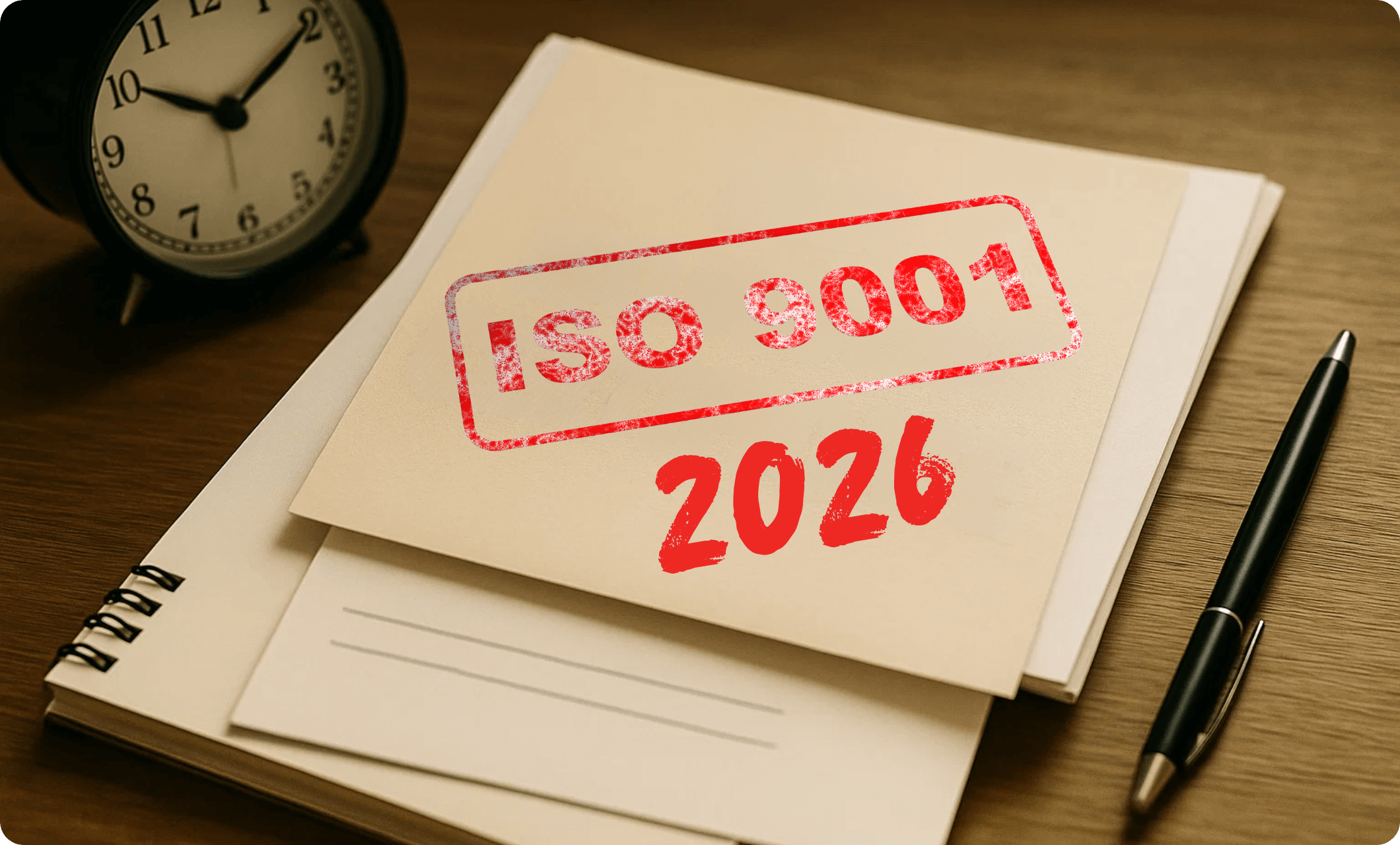

How Interfacing Can Help
At Interfacing, we recognize that ISO 9001:2026 is more than an update; it’s an opportunity to modernize quality management. Our AI-powered Quality and Integrated Management Systems provide a comprehensive framework to help organizations:
- Automate gap analysis and compliance monitoring.
- Centralize document control to ensure audit readiness.
- Embed risk, sustainability, and ESG practices directly into quality workflows.
- Provide leadership with dashboards and traceability to strengthen accountability.
Whether you are beginning your ISO journey or already certified to ISO 9001:2015, Interfacing ensures you are prepared for the next chapter.
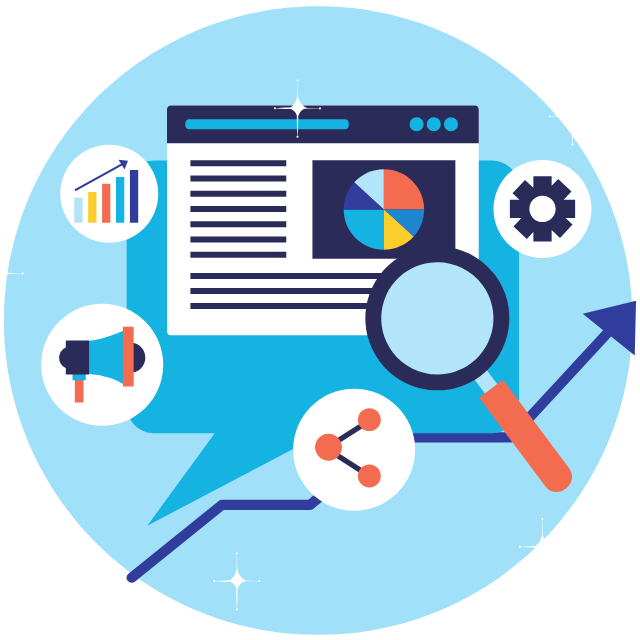
Ensure Process & Quality Governance
Interfacing’s Enterprise Process Center® (EPC) allows you to define, document, and enforce ISO 9001 quality controls organization-wide. Policies, procedures, and SOPs are directly tied to processes and roles—ensuring your QMS is embedded in everyday operations with full transparency. .

Eliminate Manual Errors with AI-Driven QMS
Standardizing documentation and workflows within EPC removes the need for spreadsheets and disconnected systems. Our AI flags outdated procedures, suggests process improvements, and helps maintain version control—reducing the risk of non-compliance and audit issues.
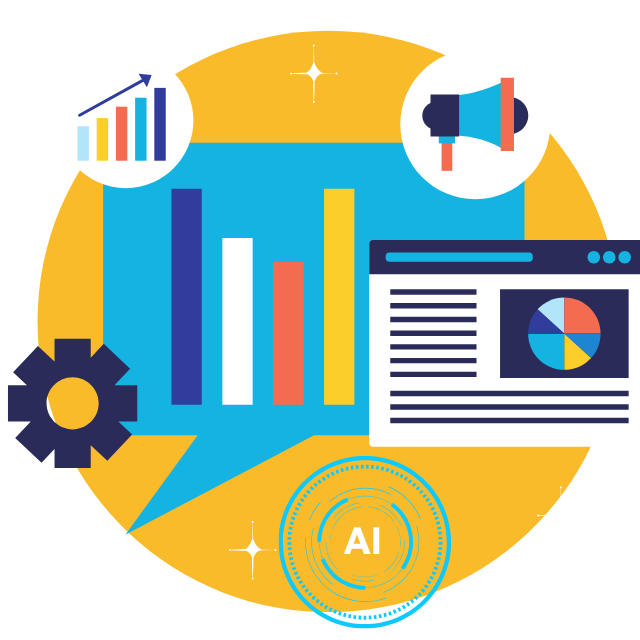
Gain Full Audit Readiness & Traceability
EPC provides real-time traceability across all quality processes—from document approvals to CAPA workflows. With automated audit trails and visual process maps, you’re always ready for certification audits and internal reviews, no last-minute scrambling required

Improve Operational Efficiency Without Sacrificing Compliance
Interfacing’s QMS automates routine tasks such as change control, training sign-offs, and document updates. This not only frees up valuable staff time, but also ensures consistent adherence to ISO 9001 guidelines across all departments and geographies.

Reduce the Cost of Quality Compliance
With centralized process governance and AI-enhanced workflows, EPC reduces the overhead of maintaining your QMS. From smarter audit prep to fewer non-conformities, organizations save time, cut errors, and accelerate their path to ISO 9001 certification.

Build a Culture of Continuous Improvement
ISO 9001 is about more than passing audits—it’s about evolving your organization. Interfacing’s platform helps identify quality gaps, track corrective actions, and promote ongoing learning and accountability—turning compliance into a competitive advantage.
Why Choose Interfacing?
With over two decades of AI, Quality, Process, and Compliance software expertise, Interfacing continues to be a leader in the industry. To-date, it has served over 500+ world-class enterprises and management consulting firms from all industries and sectors. We continue to provide digital, cloud & AI solutions that enable organizations to enhance, control and streamline their processes while easing the burden of regulatory compliance and quality management programs.
To explore further or discuss how Interfacing can assist your organization, please complete the form below.

Documentation: Driving Transformation, Governance and Control
• Gain real-time, comprehensive insights into your operations.
• Improve governance, efficiency, and compliance.
• Ensure seamless alignment with regulatory standards.

eQMS: Automating Quality & Compliance Workflows & Reporting
• Simplify quality management with automated workflows and monitoring.
• Streamline CAPA, supplier audits, training and related workflows.
• Turn documentation into actionable insights for Quality 4.0

Low-Code Rapid Application Development: Accelerating Digital Transformation
• Build custom, scalable applications swiftly
• Reducing development time and cost
• Adapt faster and stay agile in the face of
evolving customer and business needs.
AI to Transform your Business!
The AI-powered tools are designed to streamline operations, enhance compliance, and drive sustainable growth. Check out how AI can:
• Respond to employee inquiries
• Transform videos into processes
• Assess regulatory impact & process improvements
• Generate forms, processes, risks, regulations, KPIs & more
• Parse regulatory standards into requirements

Request Free Demo
Document, analyze, improve, digitize and monitor your business processes, risks, regulatory requirements and performance indicators within Interfacing’s Digital Twin integrated management system the Enterprise Process Center®!
Trusted by Customers Worldwide!
More than 400+ world-class enterprises and management consulting firms




















